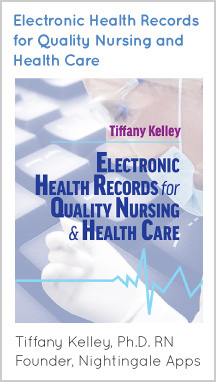Hopefully that sentence resonates with you. Everyone has ideas that come to us – all of a sudden – and usually when we are faced with a challenge. Ideas are important because they are the currency for innovating – for developing new solutions to existing problems. Without ideas we would be limited in creativity, change, and improvements in our lives. In health care, ideas have led to new solutions that transform the way we collect, communicate, exchange, analyze, and evaluate information. Yet, we need more ideas that lead to new solutions that can even further improve the structure, process, and outcomes of quality health care delivery.
A few months ago, I was invited to guest lecture to graduate nursing students at Northeastern University about innovation. I asked each student to formulate a problem that they see each day while working and bring it to class. During class we identified each problem and then I asked each nursing student to formulate a potential solution. Every student had a very real problem they are faced with each day at work – some were more complex than others – but we were able to form solutions that were reasonable and achievable with the right support, enthusiasm, and guidance. The nursing students felt empowered to work to address the identified problems. I hope that they did follow up and begin the process toward improving the desired outcomes.
I offer this scenario to encourage others to develop their ideas and foster further innovation in health care. Each day I see new problems that need to be solved. This blog, Know My Voice™ started as an idea. I wanted a way to share my informatics perspective, or voice, with a larger and broader audience than I could physically reach in the same amount of time. I look forward to seeing the future developments and impact of Know My Voice™ over time.

 Know My Voice®
Know My Voice®


